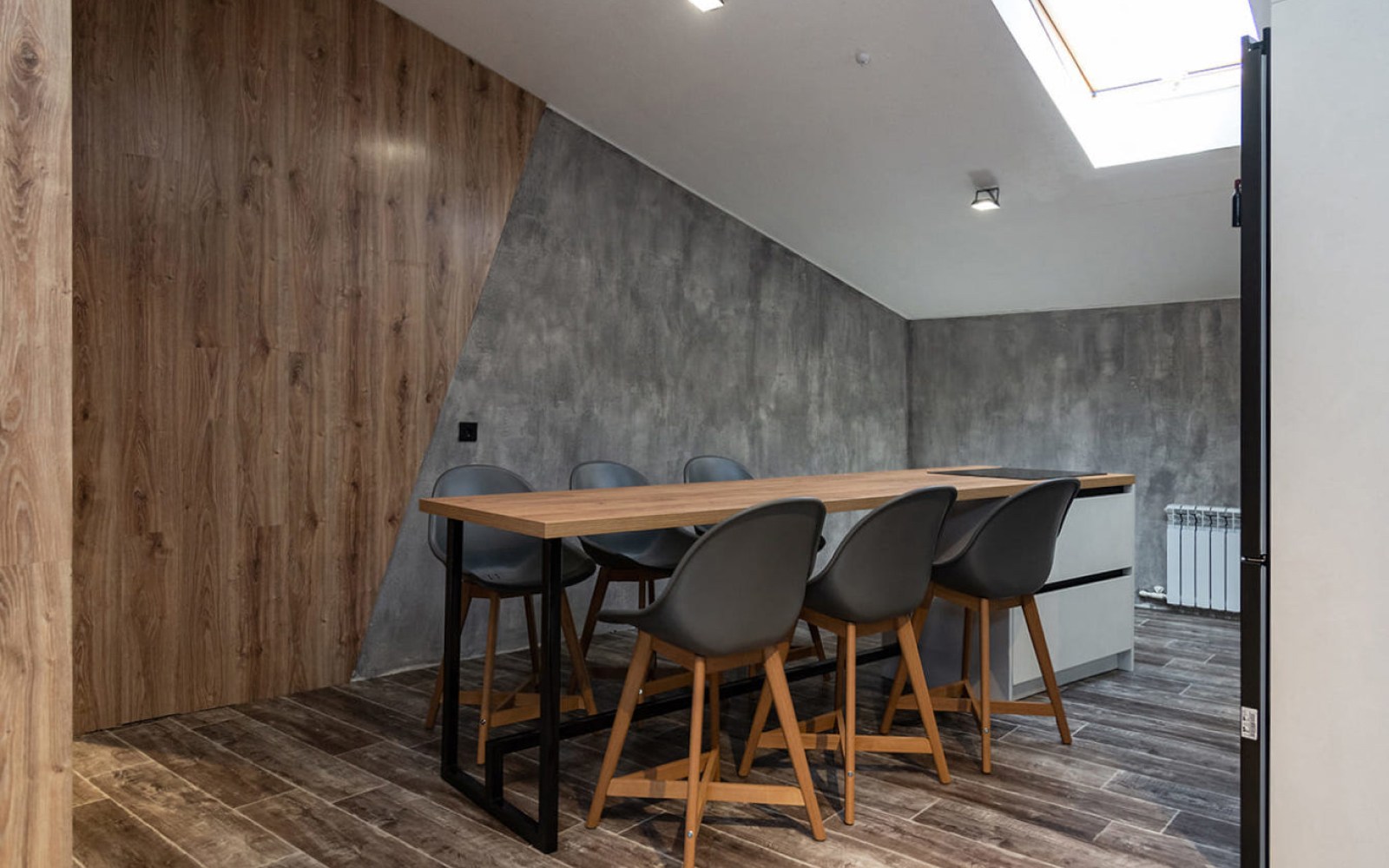
Culinary Spaces Redefined
The Evolution of Culinary Spaces
The concept of a culinary space has evolved significantly over the years. From the traditional closed-off kitchens to the modern, open-plan designs that encourage interaction and entertainment, the role of the kitchen in our homes and lives has changed. This shift reflects a broader trend in interior design that prioritizes multipurpose living and the blending of functional spaces to create a more cohesive and interactive environment.
Technology and Modern Kitchens
Advancements in technology have played a pivotal role in redefining culinary spaces. State-of-the-art appliances, smart kitchens, and high-tech gadgets have not only made cooking more efficient but have also transformed kitchens into stylish and futuristic areas. Features like voice-activated devices, touchless faucets, and wifi-enabled appliances provide convenience and a sense of luxury, blending modernity with the art of cooking.
Design Trends in Culinary Spaces
In terms of design, the modern culinary space adopts elements that serve both aesthetic and functional purposes. Materials such as stainless steel, natural stone, and reclaimed wood offer durability and are visually appealing, incorporating sustainability into their appeal. Minimalistic designs with clean lines and neutral color palettes create a sense of calm and sophistication, while also allowing personal touches and bursts of color to stand out in decorative elements and kitchenware.
The Social Kitchen
The kitchen has become a central hub for social interaction within the home. This has led to designs that feature large islands, bar seating, and open layouts that flow into living and dining areas. By breaking down walls and creating open floor plans, culinary spaces have become more than just places to cook—they are venues for socializing, dining, and spending quality time with family and friends.
Sustainability and Eco-Friendly Kitchens
With a growing awareness of environmental issues, there is a movement towards creating eco-friendly culinary spaces. This means opting for energy-efficient appliances, sustainable materials, and practices that reduce waste. Incorporating elements like composting stations, herb gardens, and energy recovery ventilators helps to minimize the ecological footprint of the kitchen while promoting a sustainable lifestyle.
Conclusion: The Future of Culinary Spaces
As we look to the future, it's clear that culinary spaces will continue to adapt and evolve. They will likely become even more integrated with other living areas and technology, creating spaces that are not only functional but also enjoyable to be in. Whether through creative designs, innovative technologies, or sustainable practices, culinary spaces will remain at the heart of the home, redefining how we live, cook, and entertain.